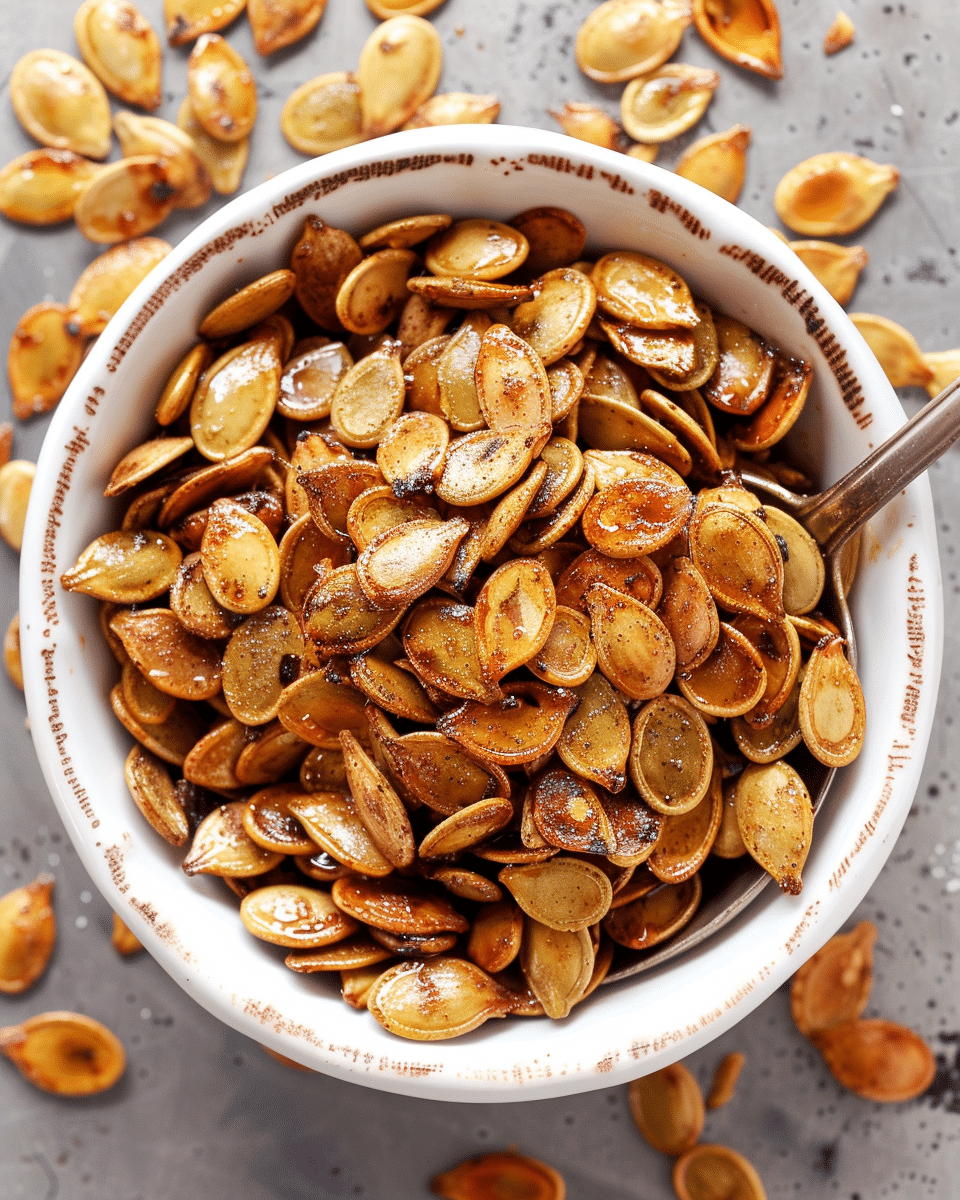In the vibrant world of culinary arts, seasonings play a pivotal role in transforming ordinary ingredients into gastronomic delights. Among the myriad of spices and blends that have graced our kitchens, two have particularly stood out in Southern American cooking: Blackened seasoning and Cajun seasoning. Both have their roots deeply embedded in the rich cultural tapestry of the American South, and both have tantalized taste buds across the globe. However, despite their widespread use and popularity, there remains a cloud of ambiguity surrounding their distinct identities. Are they the same? If not, what sets them apart? This article delves into the intricate nuances of these two seasonings, shedding light on their origins, ingredients, and the unique flavors they bring to the table. Join us on this flavorful journey as we unravel the mysteries of Blackened and Cajun seasonings.
Origins and Background
The story of Blackened and Cajun seasonings is deeply intertwined with the history and culture of the American South, particularly Louisiana. This region, with its melting pot of French, Spanish, African, and Native American influences, has given birth to some of the most distinctive and flavorful cuisines in the world.
Cajun Seasoning:
The tale of Cajun seasoning begins with the Acadians, French settlers who were expelled from Canada’s Maritime provinces in the 18th century. Many of these displaced Acadians eventually settled in the swamps and bayous of Louisiana, where they became known as “Cajuns.” Over time, they developed a unique culinary tradition that was a reflection of their new environment and the diverse cultures around them. Cajun seasoning, a spicy and robust blend, emerged as a staple in their kitchen. It was a concoction that captured the essence of the bayou, with ingredients sourced from both the land and sea.
Blackened Seasoning:

Blackened seasoning’s origins are more contemporary, tracing back to the 1980s. It was popularized by the legendary Louisiana chef, Paul Prudhomme. The technique of “blackening” involved dipping fish or meat in melted butter, coating it with a mixture of herbs and spices, and then cooking it in a scorching hot skillet until a dark crust formed. This method not only sealed in the juices but also imparted a charred, smoky flavor to the dish. The seasoning blend used for this technique, rich in paprika, thyme, and oregano among others, became known as “Blackened seasoning.”
While both seasonings share a common geographical origin and some overlapping ingredients, their histories, cultural influences, and culinary applications set them apart. As we delve deeper into their individual profiles, the distinctions between Blackened and Cajun seasonings become even more pronounced, painting a vivid picture of the rich culinary landscape of the American South.
Basic Ingredients
Both Blackened and Cajun seasonings are celebrated for their rich and complex flavor profiles. While they share several foundational ingredients, the proportions and additional components can vary, leading to distinct taste experiences. Here’s a breakdown of the basic ingredients commonly found in each seasoning:
Cajun Seasoning:
At the heart of Cajun seasoning lies a fiery blend that captures the spirit of Louisiana’s bayous and marshlands. The following are its staple ingredients:
- Paprika: Adds a sweet and smoky undertone, and gives the seasoning its characteristic reddish hue.
- Cayenne Pepper: The primary source of heat, cayenne pepper lends the spicy kick that Cajun dishes are renowned for.
- Black Pepper: Enhances the overall spiciness and adds depth to the blend.
- Garlic Powder: Introduces a savory note, complementing the spiciness with its robust flavor.
- Onion Powder: Offers a subtle sweetness and aromatic quality.
- Salt: Balances out the flavors and amplifies the individual ingredients.
- Oregano and Thyme: These herbs introduce a touch of earthiness and a hint of minty freshness.
Related: Trim Healthy Mama Homemade Cajun Seasoning Recipe
Blackened Seasoning:
Blackened seasoning, while sharing some similarities with its Cajun counterpart, has its own unique set of ingredients that cater to the “blackening” cooking technique:
- Paprika: Just like in Cajun seasoning, paprika provides a smoky sweetness and vibrant color.
- Garlic Powder and Onion Powder: These aromatic ingredients are foundational, offering depth and richness.
- Salt: Essential for flavor enhancement.
- Ground Black Pepper: Adds a mild heat and spiciness.
- Dried Thyme and Oregano: These herbs are more pronounced in blackened seasoning, contributing to its distinct herbal profile.
- Cayenne Pepper: Used more sparingly compared to Cajun seasoning, it still provides a touch of heat.
- White Pepper (optional): Some variations include white pepper for a more complex pepper flavor.
It’s worth noting that while these lists provide a general guideline, individual recipes and commercial blends might have variations. Some might include additional spices like mustard powder or exclude certain ingredients based on personal preference or regional variations. Regardless of the specifics, both seasonings are a testament to the rich culinary traditions of the American South, offering a symphony of flavors in every sprinkle.
Distinct Ingredients and Flavor Profiles
While Blackened and Cajun seasonings share a common heritage and several overlapping ingredients, their distinct components and resulting flavor profiles set them apart. Understanding these nuances is key to appreciating the unique culinary contributions of each blend.
Cajun Seasoning:
Distinct Ingredients:
- Red Pepper Flakes: Some Cajun blends incorporate red pepper flakes to intensify the heat and add a textured crunch.
- File Powder: Derived from the sassafras tree, this ingredient is occasionally added for its earthy undertones and thickening properties, especially in gumbo.
- Bell Pepper Powder: A less common but regional addition, it imparts a mild sweetness and vibrant color.
Flavor Profile: Cajun seasoning is renowned for its bold and spicy character. The dominant heat from cayenne pepper is balanced by the earthy notes of herbs like thyme and oregano. The garlic and onion powders introduce a savory depth, while occasional sweet components, like bell pepper powder, round off the sharp edges. The overall experience is a fiery, robust flavor that encapsulates the spirited essence of Cajun culture.
Blackened Seasoning:
Distinct Ingredients:
- White Pepper: While both seasonings use black pepper, some blackened blends also incorporate white pepper for a milder, more nuanced heat.
- Basil: Occasionally, dried basil is added for a sweet and slightly peppery touch.
- Ground Mustard: This can be included for a tangy, slightly spicy kick.
Flavor Profile: Blackened seasoning, while still spicy, tends to be more balanced and less fiery than its Cajun counterpart. The smoky sweetness of paprika is more pronounced, complemented by the aromatic duo of garlic and onion powders. The herbs, especially thyme and oregano, play a significant role, giving the blend a pronounced earthy and minty undertone. The overall flavor is a harmonious blend of smoky, spicy, and herbal notes, designed to shine when subjected to the high heat of the blackening process.
Common Uses in Cooking
Blackened and Cajun seasonings, with their rich and vibrant flavors, have found their way into a plethora of dishes, both traditional and contemporary. Their versatility is a testament to their popularity and the dynamic culinary traditions of the American South.
Cajun Seasoning:
- Gumbo and Jambalaya: These iconic Louisiana dishes are a medley of meats, seafood, vegetables, and rice. Cajun seasoning is a staple ingredient, infusing the pot with its fiery and robust flavors.
- Cajun Chicken or Shrimp: Whether grilled, sautéed, or baked, meats and seafood seasoned with Cajun spices offer a spicy kick that’s hard to resist.
- Cajun Fries: A twist on the classic, these fries are generously sprinkled with Cajun seasoning post-frying for an added layer of flavor.
- Etouffee: A thick stew, usually made with shellfish like crawfish or shrimp, gets its depth of flavor from Cajun spices.
- Cajun Pasta: Creamy or tomato-based, pasta dishes benefit from the spicy and savory notes of Cajun seasoning.
- Grilled Vegetables: A sprinkle of Cajun seasoning can elevate the flavors of grilled veggies, making them a spicy side dish.
Blackened Seasoning:
- Blackened Fish or Chicken: The signature dish, where the seasoning gets its name. Meats are coated in melted butter, sprinkled with blackened seasoning, and cooked on a very hot skillet, resulting in a charred, flavorful crust.
- Blackened Tofu or Tempeh: A vegetarian twist, where tofu or tempeh slabs are seasoned and cooked using the blackening technique.
- Blackened Seasoning Butter: A compound butter made by mixing the seasoning with softened butter. It’s perfect for slathering on grilled corn, steaks, or bread.
- Salads: A sprinkle of blackened seasoning on salads, especially those with grilled components, adds a smoky and spicy dimension.
- Rice and Grain Bowls: A dash of blackened seasoning can elevate the flavors of simple rice or grain bowls, especially when paired with grilled meats or veggies.
- Soups and Stews: While not traditional, adding blackened seasoning to soups or stews can introduce a smoky and spicy undertone.
Looking to create your own seasoning? Read our complete guide: How to Make Your Own Seasoning: A Complete Guide
Differences in Cooking Techniques
While Blackened and Cajun seasonings can sometimes be used interchangeably due to their similar ingredient profiles, the cooking techniques associated with each are distinct. These techniques not only highlight the unique flavors of the seasonings but also reflect the culinary traditions from which they originate.
Cajun Cooking Techniques:
- Slow Cooking: Many traditional Cajun dishes, like gumbo and étouffée, involve slow-cooking ingredients to develop deep, rich flavors. The seasoning is added in stages, allowing the spices to meld and infuse the dish over time.
- Sautéing: Ingredients, often starting with the “holy trinity” of onions, bell peppers, and celery, are sautéed with Cajun seasoning to form the base for many dishes. The spices toast and release their aromatic oils during this process.
- Grilling: Meats marinated with Cajun spices are often grilled, imparting a smoky flavor that complements the seasoning’s inherent spiciness.
- Deep-Frying: From catfish to chicken, deep-frying is a popular Cajun cooking method. The seasoning is either incorporated into the batter or sprinkled on the fried items post-cooking.
Blackened Cooking Techniques:
- Blackening: The namesake technique involves dipping meats (commonly fish or chicken) in melted butter, generously coating them with blackened seasoning, and then searing them in a scorching hot skillet. This results in a dark, charred crust that’s flavorful and slightly crispy.
- Cast Iron Skillet: Central to the blackening technique is the use of a cast iron skillet. Its ability to retain and distribute heat evenly ensures the perfect char without overcooking the interior.
- High Heat: Blackening requires high heat to achieve the desired crust in a short amount of time. This not only seals in the juices but also intensifies the flavors of the seasoning.
- Minimal Oil: Unlike other cooking methods, blackening doesn’t rely on a lot of oil or fat. The melted butter and the seasoning create a barrier, preventing the meat from sticking to the skillet.
FAQs
Is blackened and Cajun seasoning the same? No, blackened and Cajun seasonings are distinct. While both originate from Southern American cuisine and share some ingredients, their compositions and associated cooking techniques differ.
What’s the difference between Cajun and black? “Cajun” refers to a spicy seasoning blend rooted in Louisiana’s Cajun culture. “Blackened” describes both a seasoning blend and a cooking technique that results in a charred, flavorful crust on meats.
What is blackened seasoning made of? Blackened seasoning typically includes paprika, garlic powder, onion powder, thyme, oregano, cayenne pepper, salt, and black pepper. It’s used to give a charred, smoky flavor to dishes, especially meats.
Is blackened food Cajun? While blackened dishes use a specific seasoning and high-heat cooking technique to achieve a charred crust, they are part of the broader Cajun culinary tradition. However, not all Cajun food is blackened.
Conclusion
The American South’s culinary scene is rich and historic. Blackened and Cajun seasonings are distinct pillars of this vibrant food culture. Though they have common ingredients, their recipes and cooking methods vary, offering unique flavors.
Cajun seasoning, fiery and robust, embodies the bayous and their diverse inhabitants. Conversely, Blackened seasoning, smoky and balanced, is newer but equally representative of Southern flavors.
These seasonings take us from the Acadian migration to today’s culinary trends, showcasing the South’s evolving cuisine. For chefs and food lovers alike, Blackened and Cajun flavors beckon exploration and delight.
Ultimately, both seasonings celebrate taste, culture, and culinary passion, highlighting the blend of tradition, innovation, and zest in cooking.









